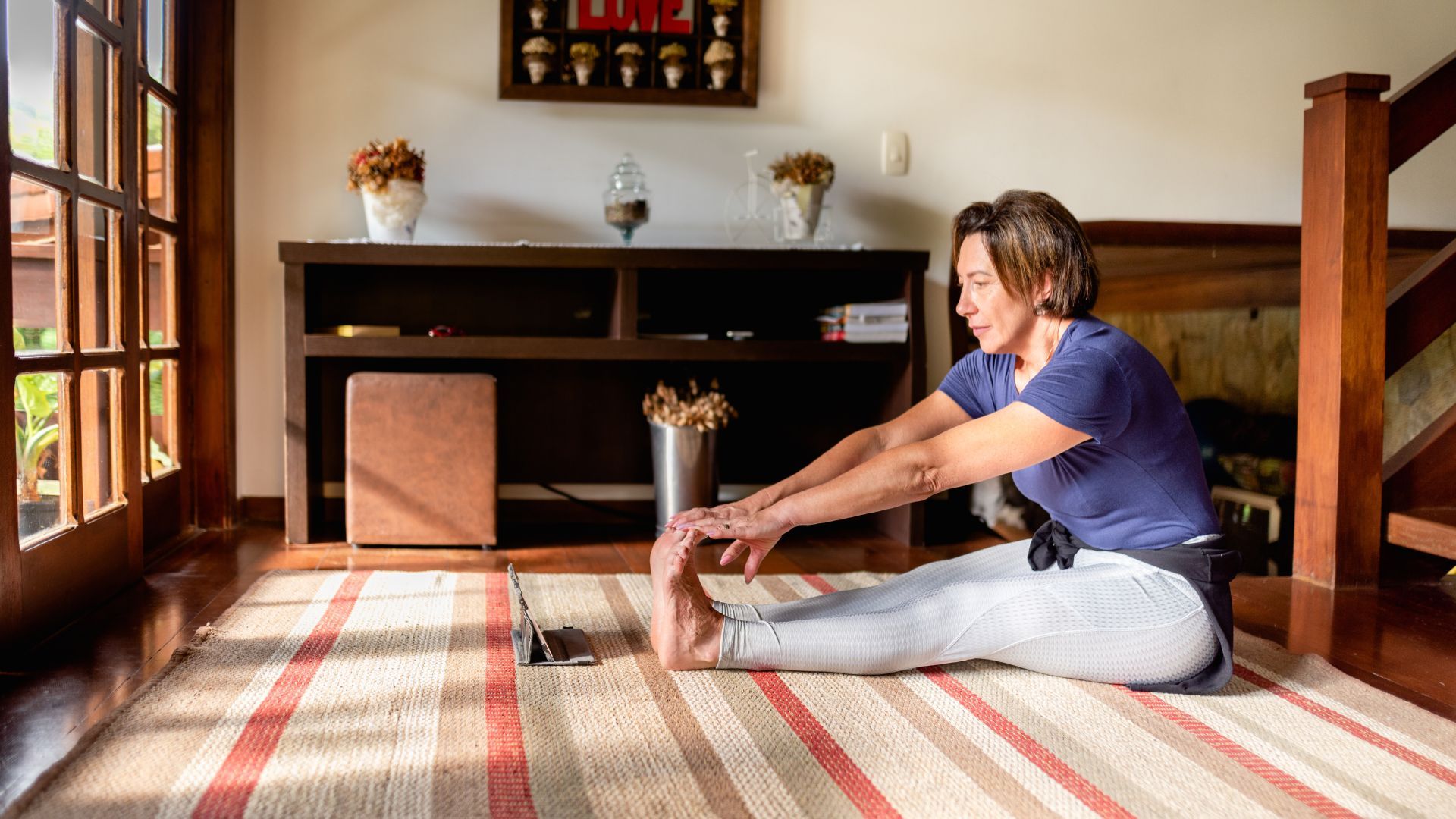Chances are, if you’re over 50 or approaching that birthday milestone, someone has mentioned the word ‘osteoporosis’ to you. Whether it’s in relation to the many symptoms of perimenopause or as a benefit of strength training for women, more of us are becoming aware of this condition.
And good thing too, as many people think osteoporosis is a condition that only affects older people, those in their 70s or 80s. However, as the National Institute on Aging reveals, we start to lose bone density from our late 30s, but it becomes more of an issue from our 50s, when we’re postmenopausal.
Weight-bearing exercises for osteoporosis
1. Knee hovers
Knee Hovers is one of the great weight-bearing exercises for osteoporosis as it works on upper body strength, as well as your abdominal and back strength, says O’Leary. “Upper body strength is often a challenge for many women, but it is really important for helping prevent wrist fractures, which are a common site of injury in those with osteoporosis.”
Here’s how to do it:
- Get onto the floor on all fours with your knees hip-width apart and roughly under your hip joint.
- Keep your hands shoulder-width apart with your wrists under your shoulders, or just slightly in front of them.
- Your back should be resting in a ‘neutral’ position, where the lower back gently curves in.
- Tuck your toes under and maintain this ‘neutral’ position, then press the floor away with your hands and hover the knees away from the floor about 1 or 2 inches.
- Hold for 3 seconds, then slowly lower back down.
2. Femur arcs
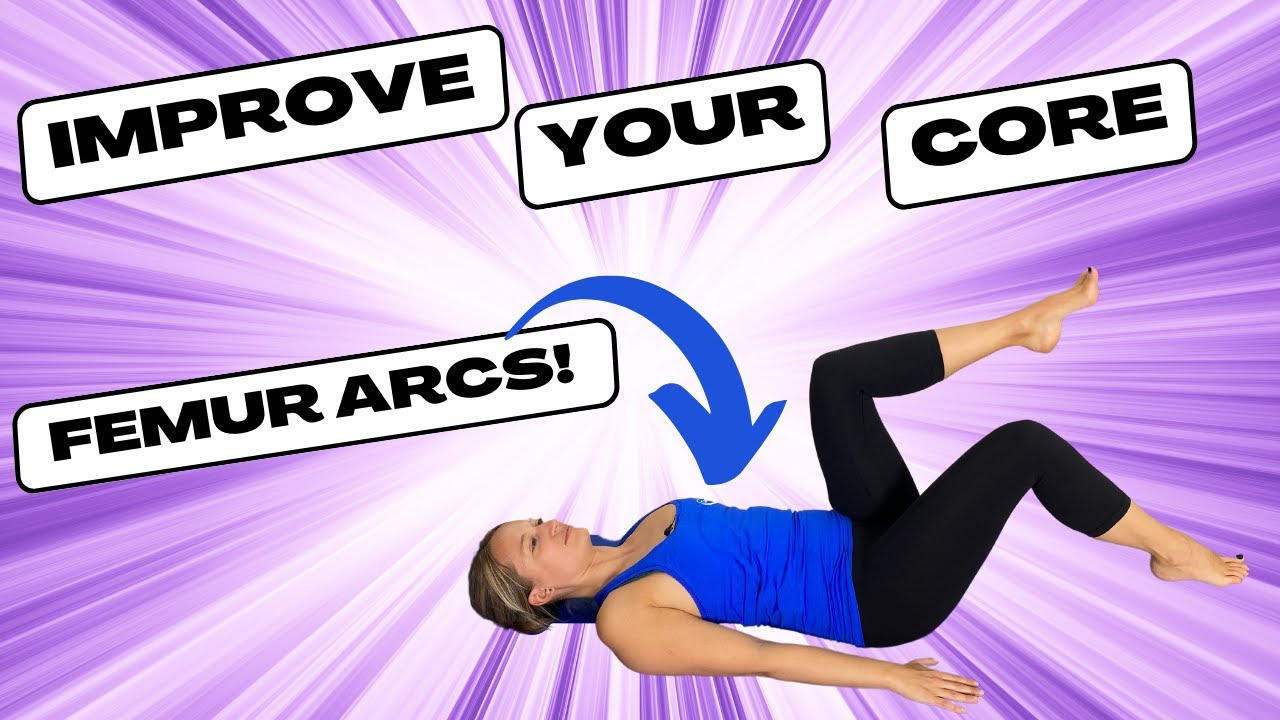
Femur arcs are a great core exercise to do at home and a way to improve your back strength that’s safe for those with osteoporosis, says the instructor. “This double-leg version is quite challenging. If you experience any back pain whilst doing this, try doing it with one leg resting down, and lifting a single leg at a time,” she says.
Here’s how to do it:
- Lie on your back with a small folded towel under your head for support.
- Bend your legs and keep your feet resting on the floor.
- Press one foot slightly into the floor, and float the other leg up, until the knee is over your hip, and your shin parallel to the ground.
- Lift your second leg up to the same position.
- Slowly lower one leg, and tap the toes on the floor, then lift it straight back up again.
- Now do the same with the other leg, and focus on breathing continuously through the exercise and not holding your breath.
- Try to complete at least five repetitions of this exercise.
Expert tip: “You should be able to maintain the lightness under the lower back and not force your back into the floor as you do the exercise,” says O’Leary.
3. Dead bugs
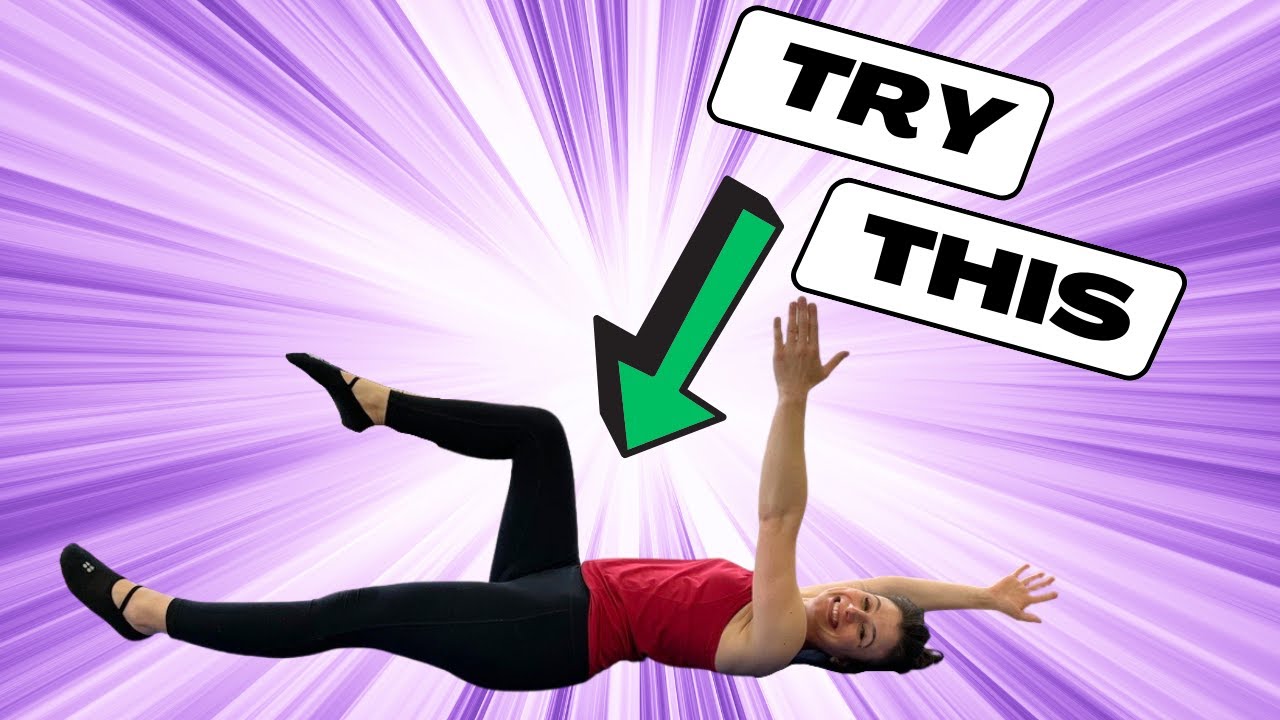
The dead bug exercise is another one that challenges the core and back muscles. Although with this move, you mustn’t “let your lower back arch away from the ground”, says O’Leary. “Only move as far as you can to maintain your lower back in ‘neutral’.”
Here’s how to do a dead bug:
- Lie on your back, with your legs bent up.
- Slowly, lift the legs one at a time.
- Reach your hands for the ceiling.
- Slowly extend one leg and the opposite arm away from you.
- Slowly return the leg and arm to the start position.
- Repeat on the other side.
4. Dart
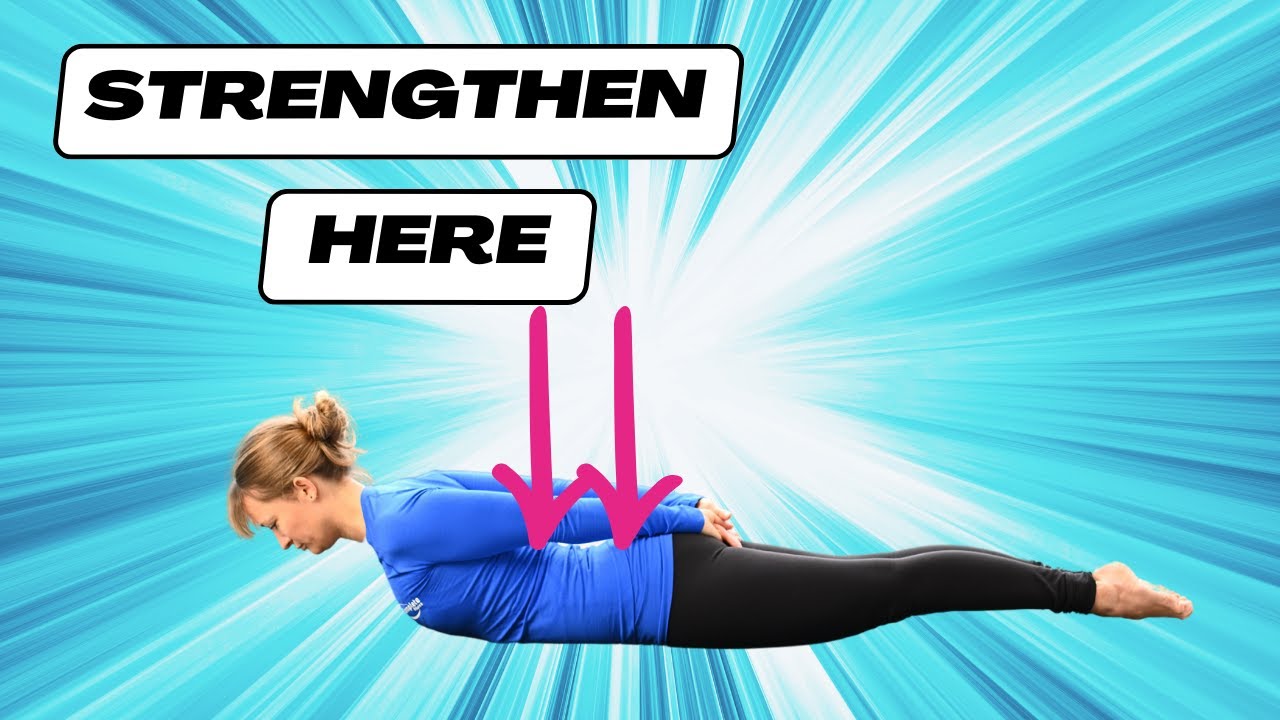
Weight-bearing exercises for osteoporosis, like the Dart, where you lie on your stomach and lift your arms and legs, are brilliant for activating all the muscles of the back of your body, says O’Leary, making it key in any full-body Pilates workout.
“These muscles are really important for helping to reduce pressure on the front of the spine, where the bone is naturally less dense. Strengthening the back muscles also helps to increase the bone density through the mechanical effects of muscle pulling on bone.”
Here’s how to do the dart exercise:
- Lie on your front with your arms by your side.
- Lift the front of your shoulders away from the floor and reach the hands down towards your feet, until they start to hover away from the floor.
- Lift your chest away from the floor and look towards the top of your mat so that your head is also lifted.
- Slowly lower back down to the mat.
- For a progression of this exercise, you can lift the legs at the same time.
5. Pilates scooter
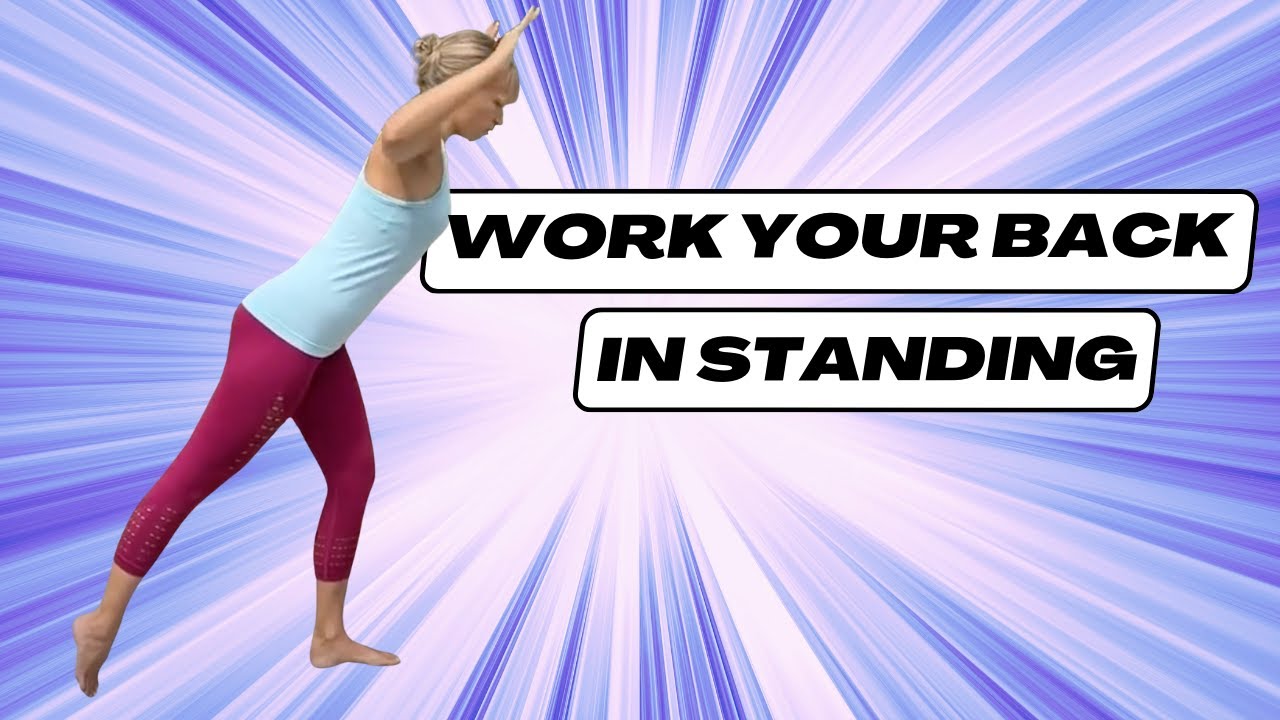
If you’re a fan of doing Reformer Pilates at home, you might recognise the scooter. It was originally designed to be done in class, but there are lots of variations that you can do without any equipment – or with minimal accessories.
“This variation of Scooter is particularly good because it combines Scooter with arm movements that are great for posture and back strength, which is really important for osteoporosis and preventing spinal compression,” says O’Leary.
Here’s how to do the Pilates scooter:
- Stand with your feet hip-width apart, bend your knees, and then lean forward from the hips, ensuring that your back is flat.
- Slide one leg out behind you, keeping the same shape through the rest of your body.
- Continue sliding the leg in and out, maintaining your balance.
- To add the back exercises, take your arms out to the sides, level with your body.
- Hold them in a ‘W’ shape, if you were looking at yourself from the back. Lower the arms forward a little and then pulse them back and forwards, maintaining your shape.
Can weight-bearing exercise prevent osteoporosis?
Absolutely – any kind of weight-bearing exercise will help prevent osteoporosis as it stresses the bones, stimulating bone-forming cells and helping to create denser and stronger bones.
Pilates is particularly effective as it’s a type of low-intensity strength training, says O’Leary. “Unlike other types, there is a focus on working in ranges where your muscles are lengthened, which helps with overall flexibility, and there are many exercises which help improve spinal mobility,” she says, in addition to the workout being weight-bearing.
“It is a gentle way to begin to build strength, and for those who may have sustained a fracture due to osteoporosis, it can also be a valuable tool for rehabilitation and return to exercise,” she adds.
Will Pilates be enough for everyone to prevent osteoporosis?
A good full-body Pilates workout is a great place to start if you’re looking to reduce your risk of osteoporosis. However, O’Leary warns it may not be enough for everyone – especially those who are already quite fit and strong. “In this case, it would be recommended to combine Pilates with strength training, which utilises higher levels of resistance,” she says.
“This should be done under the supervision of a specialist, such as a physiotherapist or a strength and conditioning coach with the appropriate training and understanding of osteoporosis,” she says.
Impact exercise is also recommended for those at risk of osteoporosis as it helps strengthen the bones and joints. “Walking is the simplest activity to create the impact needed to stimulate bone growth, but jumps, hops, stamps, and heel drops can be more effective, according to the research,” she says.
However, this type of exercise “needs to be approached with more caution with those who may have already sustained a fracture or are considered at higher risk of fracture”, says O’Leary.
Exercises to avoid with osteoporosis
Exercises where you are curling yourself into a rounded shape, particularly if you are working against resistance, are not recommended if you have osteoporosis, O’Leary tells us. “This would mean movements like crunches, sit-ups, and Pilates roll-ups should be avoided where possible,” she says.
“If you want to work on your abdominal strength, it is safer to work with exercises such as Dead Bugs and variations of planks on all fours, depending on your level,” she says.
Also off limits are exercises that combine curling and rotating the spine, such as the Pilates Saw exercise (which many experts say is an ‘overrated’ Pilates move anyway), and any that involve side bending, such as the Pilates Mermaid.

